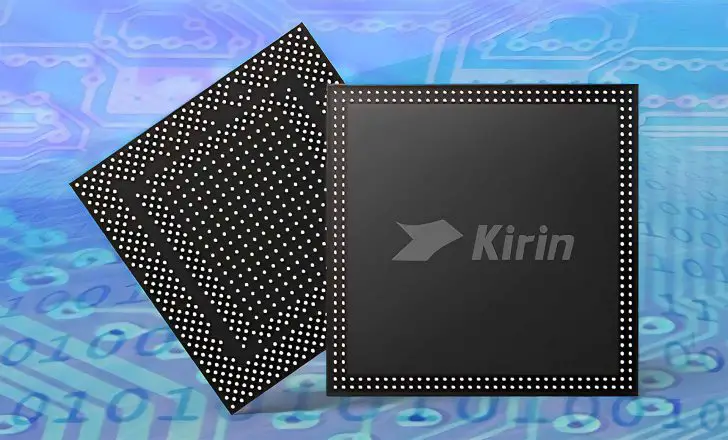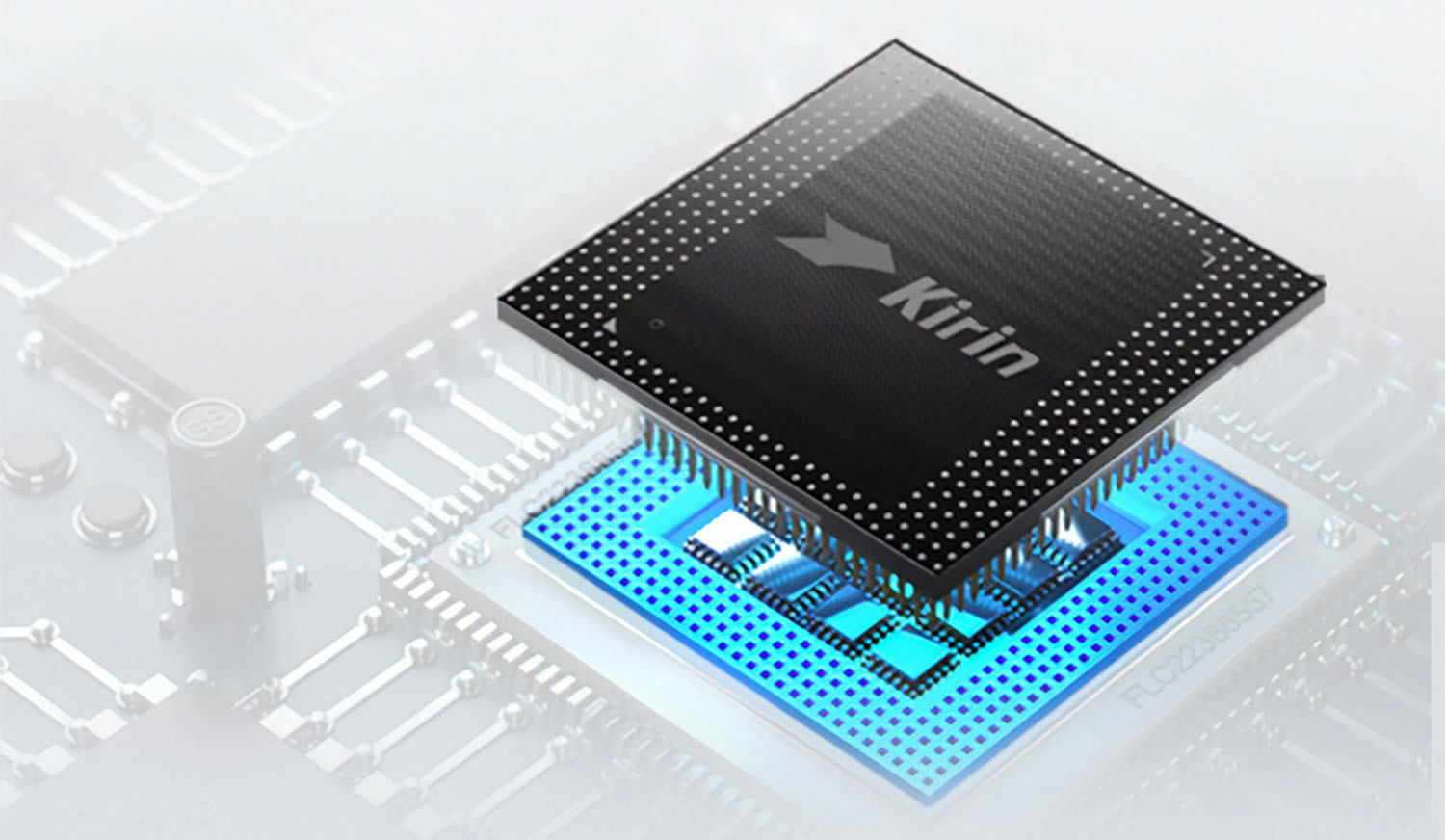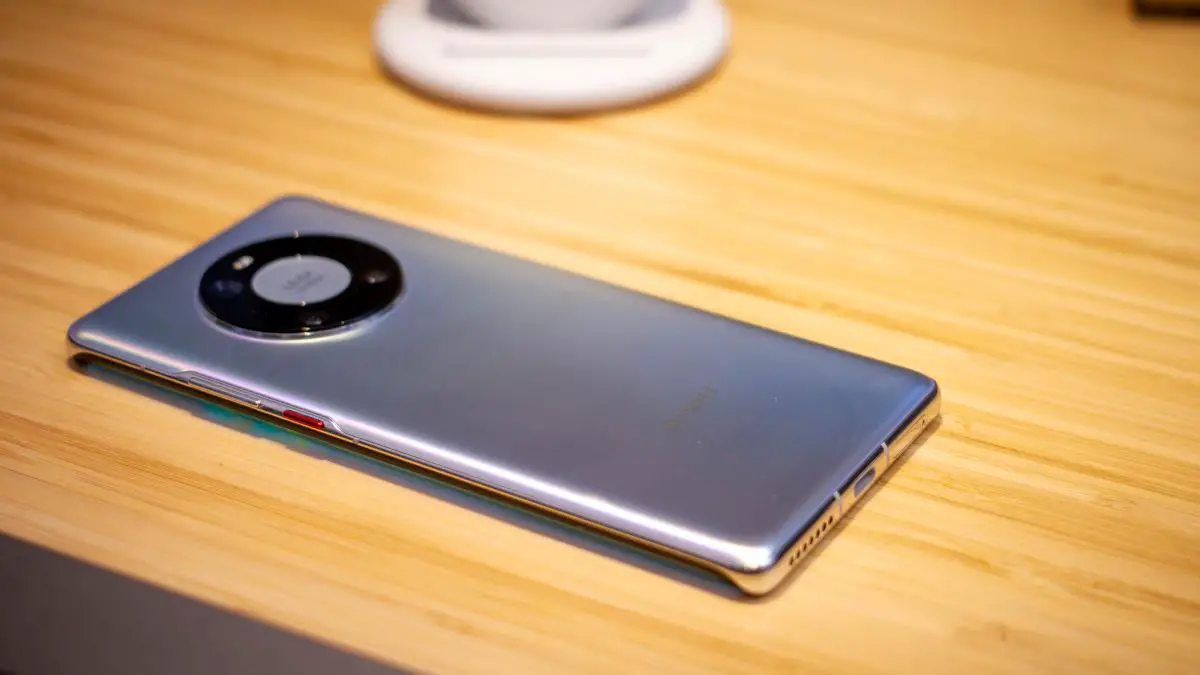- Huawei and SMIC marks a milestone entering the production stage of 5nm chipsets
- SMIC used an older DUV technology to move from 7nm to 5nm process
- Huawei Mate 70 Pro is likely to first smartphone to feature SMIC's 5nm Kirin chipset this year
Dodging the bullets pinned down by Uncle Sam in 2019, rumors suggest SMIC and Huawei have reached a major milestone gaining the capabilities to fab chips on the 5nm process. Why this is a milestone, you might ask given the fact that both TSMC and Samsung are already working on a much faster and more powerful 2nm process, here’s why.
SMIC and Huawei working on chips fabbed on a 5nm process
In 2020, the Trump administration executed an administrative order against Huawei preventing it from indulging in any transactions with any American shipping. This meant there wouldn’t be any Android OS or use of cutting-edge chips developed by Qualcomm or other American chipmakers.
Even after that, SMIC and Huawei stunned the world by fabbing Kirin 9000s based on the 7nm process that powered its Mate 60 Pro flagship device in 2020. It was the first smartphone from Huawei to host 5G making Kirin 9000s a big leap forward. However, it had 8.5 billion transistors compared to the current 19 billion transistors onboard the 3nm Apple A17 Pro chipset that powered the iPhone 15 Pro and Pro Max.
Although neither SMIC nor Huawei could get the latest chips nor the exclusive EUV technology to fab one, the Chinese chipmaker is ready to stun the world once again with its 5nm chips. A tweet by an X user named @jasonwill101, via Wccftech, says that SMIC has completed taping out the stage for next-gen 5nm chips. It means the chip design process has been completed and soon, SMIC will enter the production stage powering next-gen flagship devices at the earliest.
SMIC has reportedly used older deep ultraviolet lithography machines (DUV) to fab its 5nm chips which will be slightly more expensive than 7nm chips. It’s not just the tech but rather an older DUV process that translates into a lower yield meaning SMIC has to fab more chips to get better yield.
How would a 5nm chip compete against 2nm chips?
This gives birth to a noble question — how would a chip fabbed on a 5nm process would compete against chipsets that are fabbed on a 2nm node? TSMC is already on the verge of manufacturing (or might’ve started already) chips fabbed on 2nm chips, especially for Apple. Similarly, Samsung — the second-largest chipmaker after TSMC, is working on a 2nm chip probably powering devices as early as next year.
Although a 5nm chip won’t be able to compete against a 2nm chip anyway, Huawei will probably enjoy such a monumental upgrade over 7nm chips given the limitations it has to face against U.S. sanctions.
We could see Huawei Mate 70 series powered by 5nm chipsets this year although that remains to be seen as of now.











